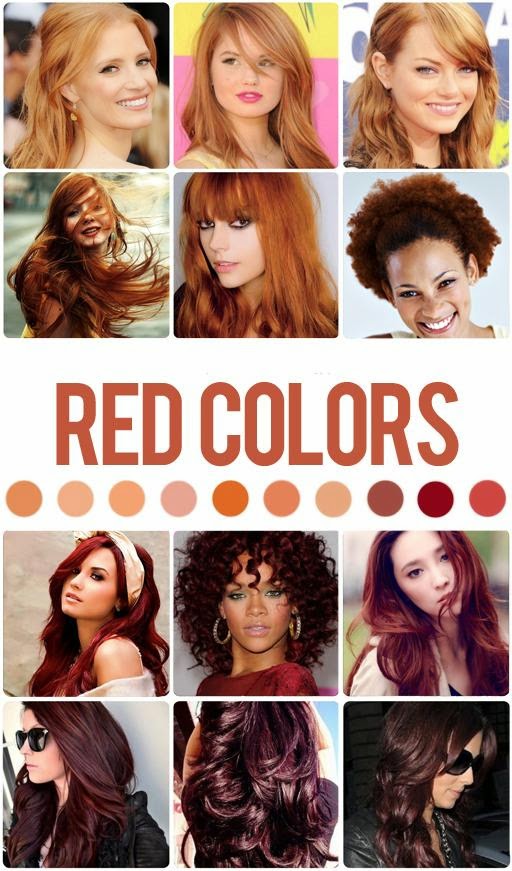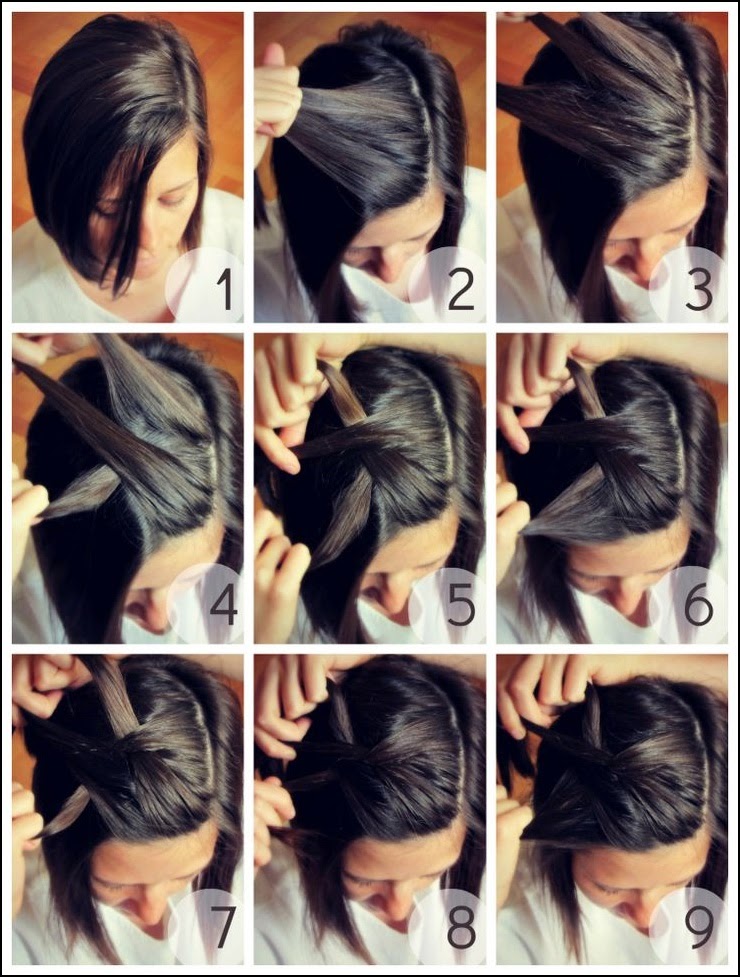Add gorgeous depth & dimension to your hair with lowlights! If highlights are lighter sections of hair dyed into your hair, lowlights go in completely the opposite direction. They involve picking up a few thin or thick sections of hair and coloring them in a shade or two darker than your base color. Lowlights aim to add depth and dimension to your hair look.
Lowlights do the opposite of highlights by creating depth and adding dimension to your hair. These accents are typically darker than your base color and can be used to contrast overly-highlighted hair, create multi-tonal looks or create a new shape via color blocking.
Choosing Hair Lowlights Shades
The biggest decision to make about lowlights is which shade to choose to best enhance your hair style. While highlights add brighter shades to your hair color, lowlights (also called twilights) do just the opposite - they add darker hues and tones for a more subtle color variation.
Generally less flashy than highlights, lowlights still provide color shifts for all hair colors, and when used properly, they can be a beautiful touch to add to a great style. Basic guidelines include:
- Choose lowlights shades that are no more than three shades darker than your hair color. Deeper tones will be more noticeable and will not blend as easily into the hair.
- Choose several shades in similar hues to work with at once to add even more variety to the hair color.
- Combine lowlights with highlights for a transition look or even greater color depth.
Matching Your Skin Tone

- Fair skin, cool undertones: Look for medium to dark chocolate shades. A hint of red in the brown will brighten up fair skin, but skip golden tones. If your hair is very blonde, a deep blonde or light brown will work well.
- Fair skin, warm undertones: Cinnamon tones play well against warm undertones in fair skin. Look for deep reddish brown shades in medium to dark brown. If your hair is light, try a golden, caramel brown.
- Medium skin, cool undertones: As long as you don't go too golden, you can use light brown with black lowlights. Just remember to stay within three shades of your current shade for the most realistic effect.
- Medium skin, warm undertones: If you have warm undertones, you can enjoy the luscious golden browns and the deepest reddish browns.
- Dark skin, cool undertones: When you have dark skin, you don't have to worry as much about lowlights being too dark for your complexion, so feel free to experiment with blue-or-purple-toned black shades, deep cherry tones, and the darkest cool browns. While you don't have to worry about going too dark for your skin tone, you will need to keep your allover hair color in mind too so that there's not too much of a contrast.
- Dark skin, warm undertones: You won't have to worry about choosing a shade that's too dark for your skin, but you will want to keep the lighter shades of your hair in mind so the colors blend together. Choose anything from a deep caramel to the darkest warm brown.
Working With Your Hair Color
Depending on your hair color, the types of hair lowlights shades that work best for you will vary.
- Blonde Hair: Choose deeper blonde or light brown hues such as caramel, bronze, toffee, honey, or beige. Avoid light tones such as hay or cream.
- Brunette Hair: Opt for rich tones in the brown or red color families such as cinnamon, chocolate, auburn, or rust. Avoid lighter shades that border on blonde tones.
- Red Hair: Stay within the same red shades as your basic hair color, or choose golden brown or brunette tones if you already have dark red locks. Avoid brighter blonde tones.
- Black Hair: Opt for luxuriant dark tones with hints of color such as magenta, plum, or brunette. Avoid any lighter shades that will stand out drastically.
- Gray Hair: For the best coverage of gray, choose lowlights that are a shade or two darker than your natural color and blend the lowlights in carefully.
Getting and Caring for Lowlights
Placement
Lowlights can be added to a hair color regimen at any time, but most people opt to use lowlights during the fall and winter. Because less time is spent outdoors during the colder seasons, hair is naturally exposed to less sunlight and natural tones gradually darken. Adding hair lowlights shades to a style can subdue a sun-kissed summer look into a more appropriate fall hair style.
Lowlights don't just have to be used seasonally, however. Adding lowlights to a style can help update and refresh a look without a drastic change, or lowlights can be used in combination with highlights for even more texture and variation. In severe cases, lowlights can be used to help correct overly highlighted hair by toning it down to a more natural shade.
Whereas highlights are generally placed in prominent places - framing the face or at the top of the head, for example - lowlights are usually more discreet. Placing lowlights on lower layers of hair and further apart helps keep them looking more natural. The deeper shades can dramatically enhance the tips of hair.
Care
Just like any hair color treatment, lowlights must be cared for properly in order to stay vibrant and fresh. Use a color preserving
shampoo and conditioner to prolong the life of the color treatment, and avoid excessive exposure to the sun that can lighten the color. Lowlights may need to be reapplied as frequently as every two or three weeks for
short hair styles that grow out quickly, though individuals with
long hair or layers may be able to go as long as two or three months without new color treatments. If the lowlights shades are very close to the base
hair color,
treatments will last even longer.
Choosing Your Lowlights
Choosing hair lowlights shades that appropriately match your hair and skin tones can add depth and subtlety to any hair style, creating a wonderful textured look with class and distinction. Use them any time of the year you'd like to add interest to your style.
Warning; Must Follow
By understanding how your skin and eye colors relate to your hair color, you can choose a stunning new hue with ease.









Comments
Post a Comment
HairFashionOnline Comment Policy
We welcome relevant and respectful comments. Comments with Promotional hidden links may be removed.
Please read our Comment Policy before commenting.